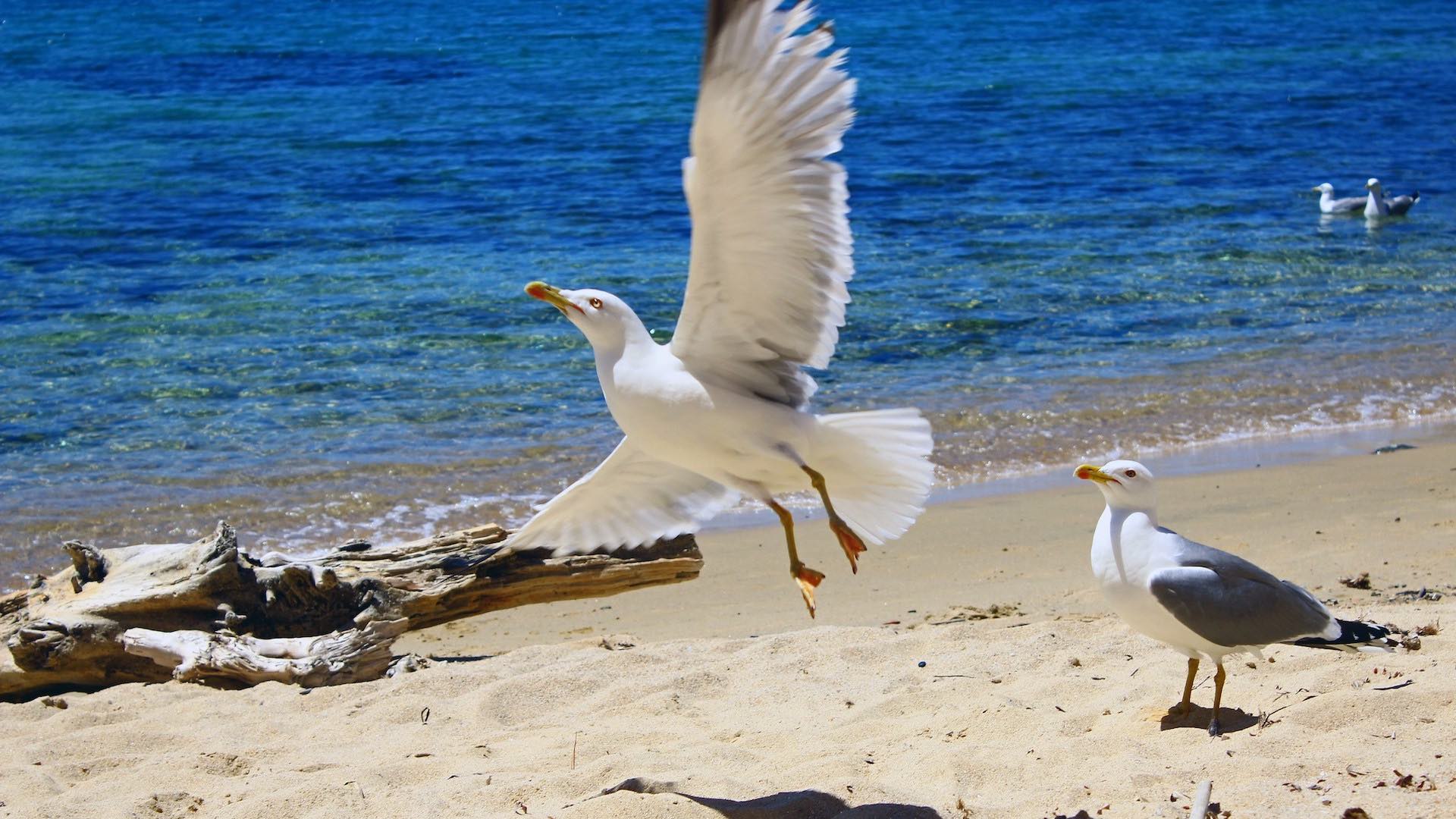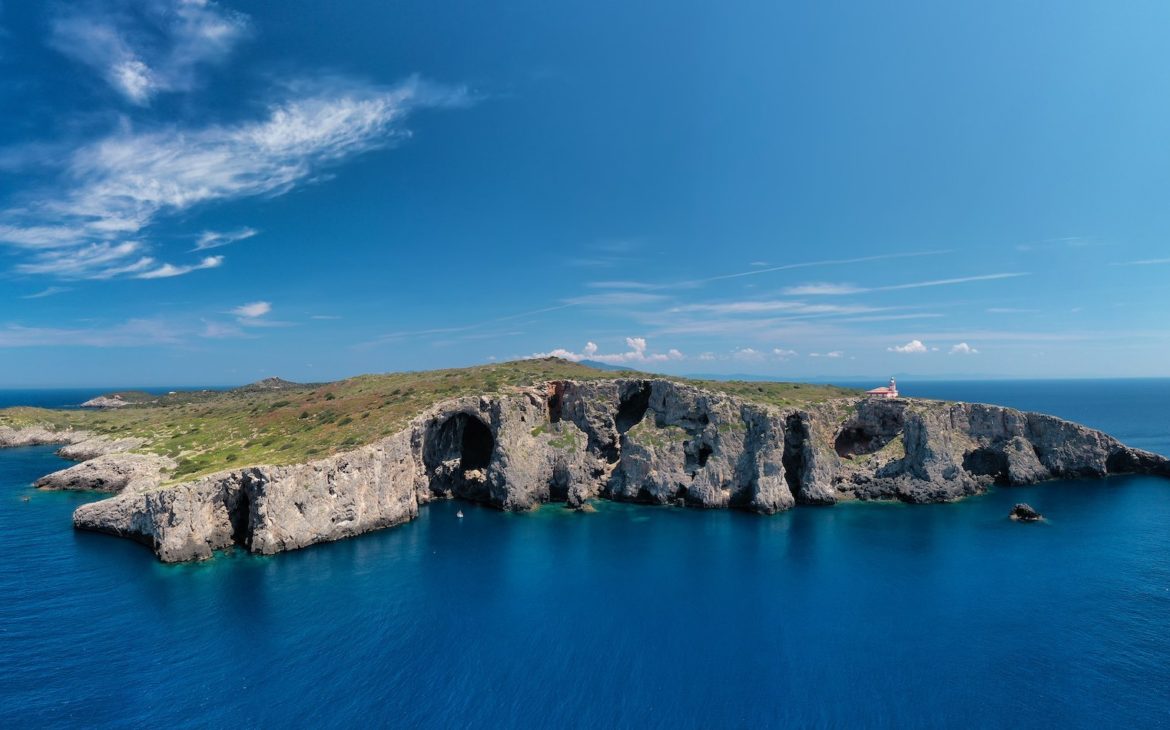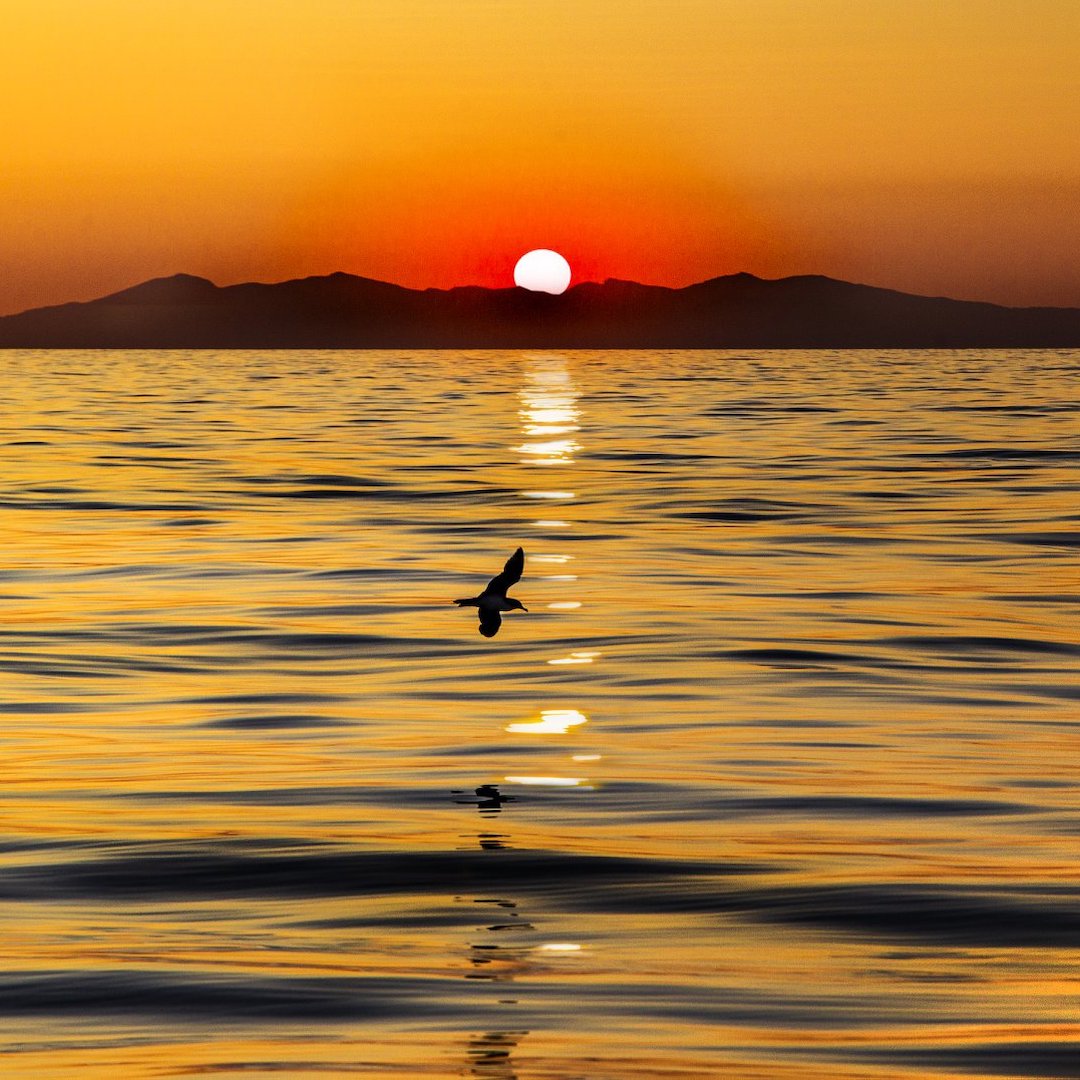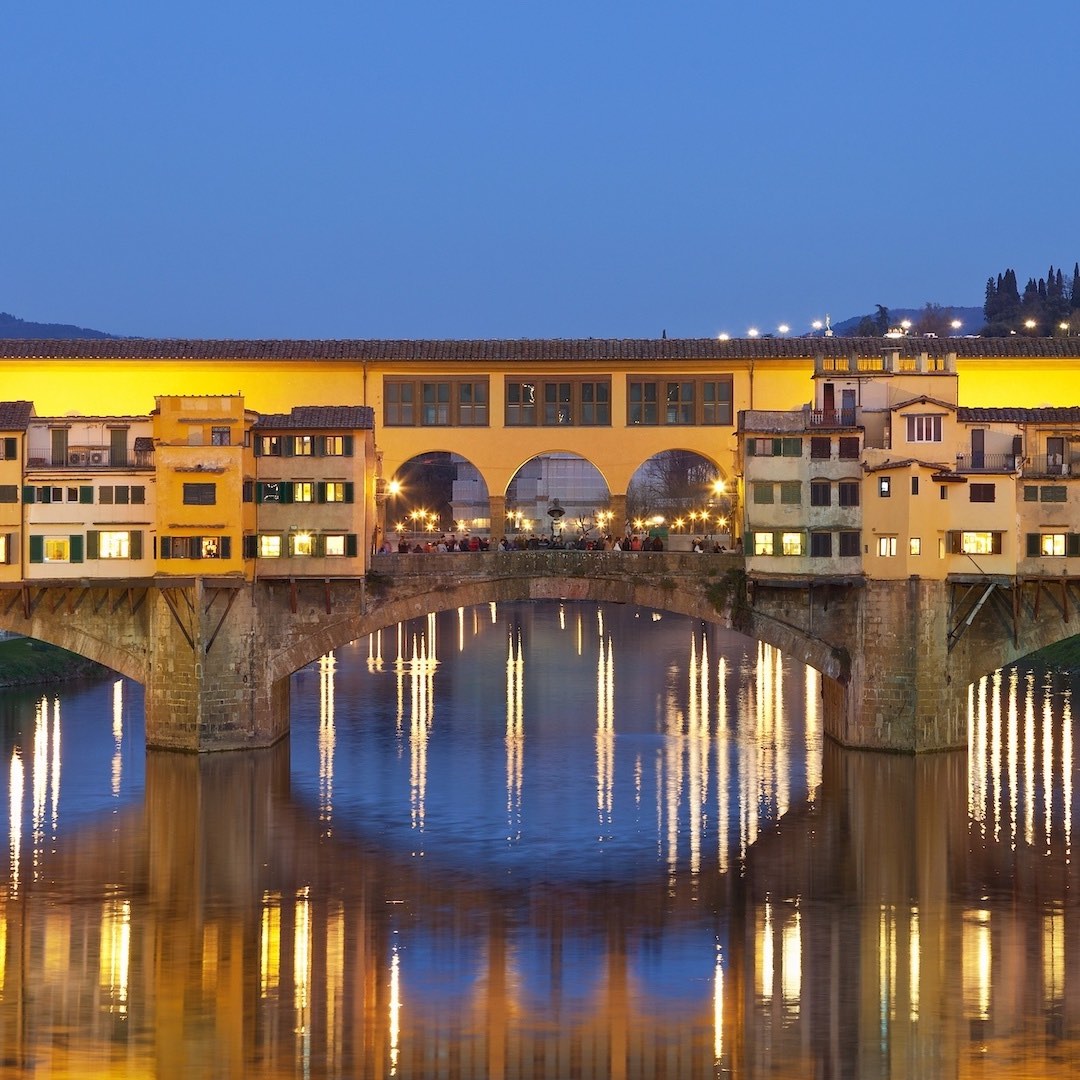Giglio and Giannutri
Getting married on the island of Giglio, a pearl of the Tuscan Archipelago waiting to be discovered
A solitary retreat, yet stylish and intriguing, passionate and enthralling. Its villages, so different and distant from one another, each claims its own space. The magic of crisp evenings at Giglio Castello, a suggestive medieval borough tucked atop a hill; the appealing worldly life of Giglio Porto, the only harbor on the island, a small and picturesque pier lined by colorful houses; the iconic fascination of Giglio Campese, a modern waterfront village to the west coast overlooking a bay closed to the south end by the suggestive Faraglione (sea stack) and, to the north end, by the 16th century Tower of Campese. Near the Coast Guard there is a small pier for mooring leisure and fishing boats. As often happens, the inland offers the most intense emotions, breathtaking views over the entire Archipelago, inebriating perfumes of the Mediterranean chaparral and of vineyards that yield a wine with strong character. Each of the inlets of the Granite Island is washed by a dreamy sea in every imaginable shade of blue.
Giglio is a pearl endowed with every possible natural beauty: an emerald sea rich with many fish varieties frames a 90% still wild territory; a coastline where marvelous shores alternate with small coves of rare beauty; its crystal-clear waters are a temptation for scuba divers and snorkelers; the pristine nature of the inland an invitation for trekkers.

Giannutri is the most southern Island of the Tuscan Archipelago. Connections from the mainland are not frequent, and ferry service is operated from Porto Santo Stefano. Its silhouette is slender, its features extremely green, the palette of its rocks from dark green to almost white. The only two moorings are Cala Maestra, to the north, and Cala Spalmatoio, to the south. The coastline does not offer beaches, but sunbathing is possible in the two principal coves. The pearl of the Island are the remains of an ancient Roman Villa, a site of immense fascination and suggestion: Villa Domizia was built by the imperial family Domitii Ahenobarbi, who owned Giannutri; its large terrace offered breathtaking views over the coast and could be reached directly from the sea by way of a dedicated stairway. This natural stage allowed the gens Domitia to patrol the surrounds and enjoy the view of the other islands. Archeological excavations have brought to life the remains of floors decorated with the finest marbles and black and white mosaics. The archeological site is open for guided tours.




